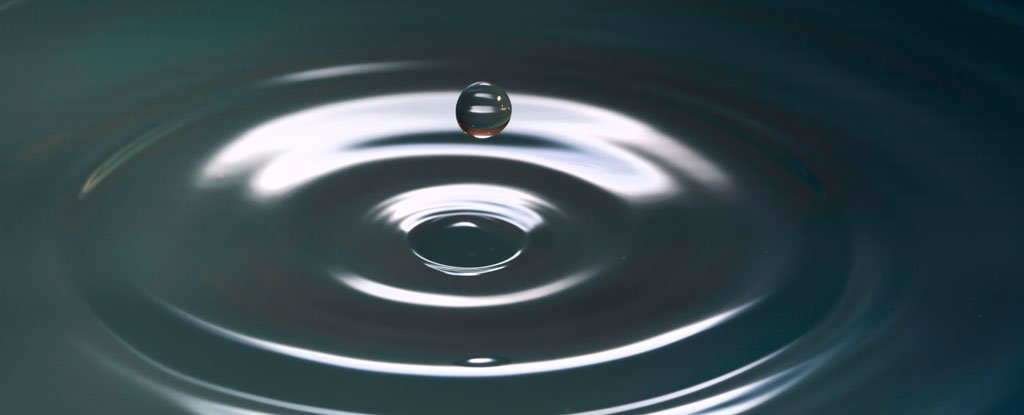Scientists have discovered the world's oldest known water in an ancient pool in Canada that's at least 2 billion years old.
Back in 2013 they found water dating back about 1.5 billion years at the Kidd Mine in Ontario, but searching deeper at the site revealed an even older source buried underground.
The initial discovery of the ancient liquid in 2013 came at a depth of around 2.4 kilometres (1.5 miles) in an underground tunnel in the mine. But the extreme depth of the mine – which at 3.1 kilometres (1.9 miles) is the deepest base metal mine in the world – gave researchers the opportunity to keep digging.
"[The 2013 find] really pushed back our understanding of how old flowing water could be and so it really drove us to explore further," geochemist Barbara Sherwood Lollar from the University of Toronto told Rebecca Morelle at the BBC.
"And we took advantage of the fact that the mine is continuing to explore deeper and deeper into the earth."
The new source was found at about 3 kilometres (1.9 miles) down, and according to Sherwood Lollar, there's a lot more of it than you might expect.
"When people think about this water they assume it must be some tiny amount of water trapped within the rock," she said.
"But in fact it's very much bubbling right up out at you. These things are flowing at rates of litres per minute – the volume of the water is much larger than anyone anticipated."
Groundwater usually flows extremely slowly compared to surface water – as slowly as 1 metre per year. But when tapped with boreholes drilled in the mine, it can flow at about 2 litres per minute.
By analysing gases dissolved in this ancient groundwater – including helium, neon, argon, and xenon – the researchers were able to date it back to at least 2 billion years, making it the oldest known water on Earth.
The findings were presented this week at the American Geophysical Union Fall Meeting in San Francisco, and have yet to be peer-reviewed. But if they can be independently verified, the implications could go far beyond just breaking geochemistry records.
In previous research that the team published in October, analysis of the sulphate content of the water found at 2.4 km down showed something interesting – that the sulphate was produced in situ in a chemical reaction between the water and the rock, and not the result of sulphate being carried underground by surface water.
This means that the geochemical conditions in these ancient pools of water that are cut off from the surface could be sufficient in themselves to sustain microbial life – an independent, underground ecosystem that could last for potentially billions of years.
"The wow factor is high," one of the researchers, Long Li from the University of Alberta, said in a press release.
"If geological processes can naturally supply a steady energy source in these rocks, the modern terrestrial subsurface biosphere may expand significantly both in breadth and depth."
Not only does that mean Earth's potentially habitable areas just got a whole lot bigger – given comparable billion-year-old rocks make up about half of Earth's continental crust – it could also mean that planetary habitability on other worlds might be wider than we thought.
"If this can work on ancient rocks on Earth, then similar processes could make the Martian subsurface habitable," Sherwood Lollar explained to Hannah Fung at The Varsity last month.
While we haven't found any actual living microbes in this ancient underground water yet – on Earth or anywhere else for that matter – with the more ancient pools we find, the closer we could get.
Until then, there's a lot more research to be done.
"We still need to determine what the distribution of ancient waters are on Earth, what the ages of this deep hydrogeosphere are, how many are inhabited," said Sherwood Lollar.
"[A]nd how any life we might find in those isolated waters is the same or different from other microbial life found for instance at the hydrothermal vents on the ocean floors."

Comments
Post a Comment